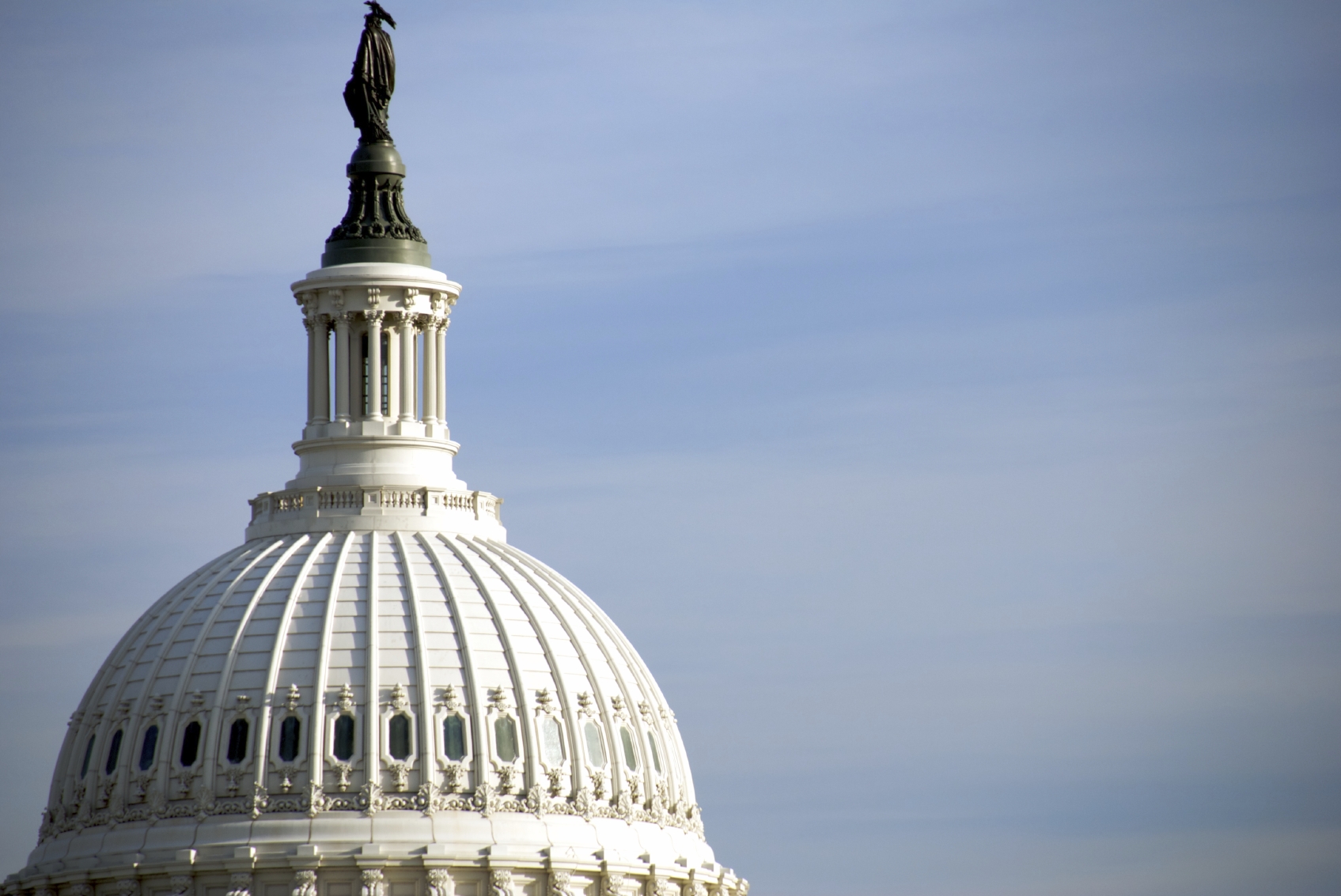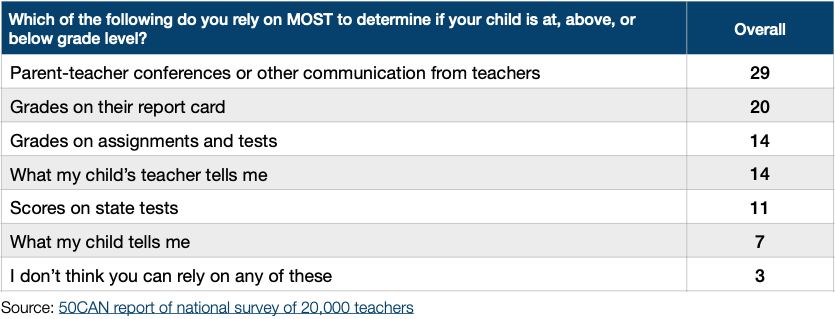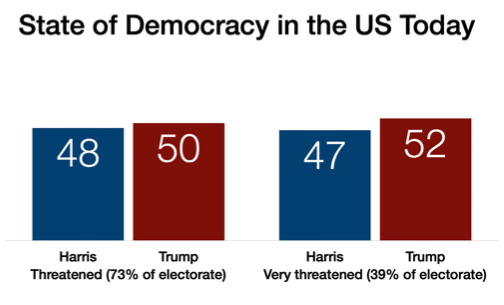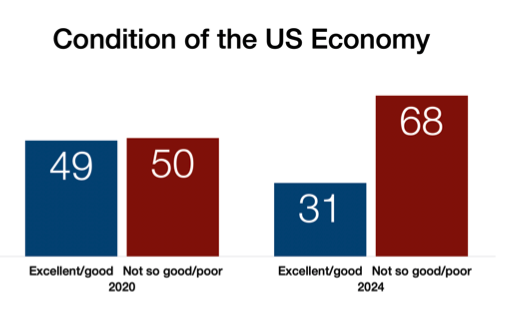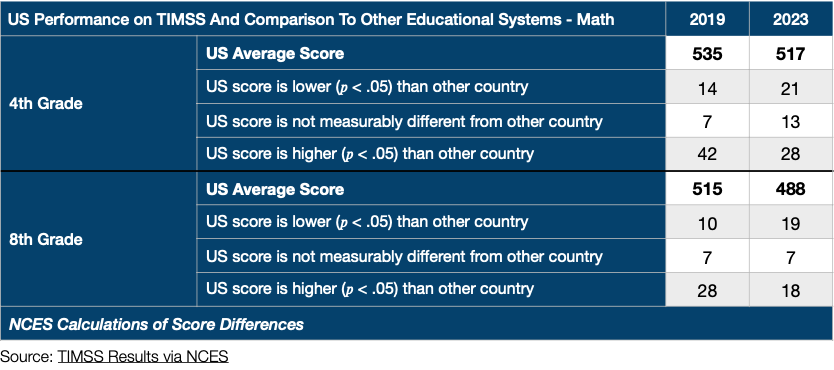As President Biden is about to leave office, he’s working hard to frame his economic legacy in the most positive light. He has been giving a series of speeches to stake out the “Biden economic legacy,” shedding light on three economic narratives Republicans should prepare for:
1.) The Biden economy is in great shape to hand off to Trump. Any economic difficulties will be blamed on Trump and Republicans. This week, Biden said “Next month, my administration will end, and a new administration will begin. The new administration’s going to inherit a very strong economy…”
His record on job creation has been one he stresses as a key part of his economic legacy: “I had the greatest job creation record of any single president in a single term…over 6 million jobs.”
2.) Inflation was caused by the pandemic, not Biden’s policies. Republicans have no plan to deal with inflation.
Biden: “The previous administration had no plan — no real plan, really — to get us through one of the toughest periods in our nation’s history. I’ve never been a fan of trickle-down economics. It was a hammer that was hammering working people.”
“I know it’s been hard for many Americans to see [economic progress]. And I understand it. They’re just trying to figure out how to put three squares on the table…But I believe [the American Rescue Plan and Inflation Reduction Act] was the right thing to do. Not only to lift America out of an economic crisis caused by a pandemic, but to set America on a stronger course for the future. And we did that.”
With every CPI report, Republicans should expect Democrats to focus on every negative aspect of inflation, and press Republicans about what policies they are offering to deal with the problem.
3.) Republican economic policies are the primary cause of the debt and deficits. As Republicans go into the 2025 tax discussion, Democrats are already laying the groundwork for the case that Republican tax cuts are the cause of the nation’s fiscal crisis:
Richard Neal, Ways and Means: “In the last three decades, Republicans have skyrocketed the deficit with trillions in tax cuts for billionaires and big corporations, always with the same result: the top 1% benefits while nothing trickles down for workers.”
Sheldon Whitehouse, Senate Budget: “In their blind loyalty to their mega-donors, Republicans’ fixation on giant tax cuts for billionaires has created a revenue problem that is driving up our national debt. Even as federal spending fell over the last year relative to the size of the economy, the deficit increased because Republicans have rigged the tax code so that big corporations and the wealthy can avoid paying their fair share.”
As the new Republican majority goes into its most complex legislative effort in several years, Republicans should prepare for the narratives coming against them and be careful not to make the mistakes of the Biden administration.





